Renault Avantime – Cult Classic, Not Best Seller
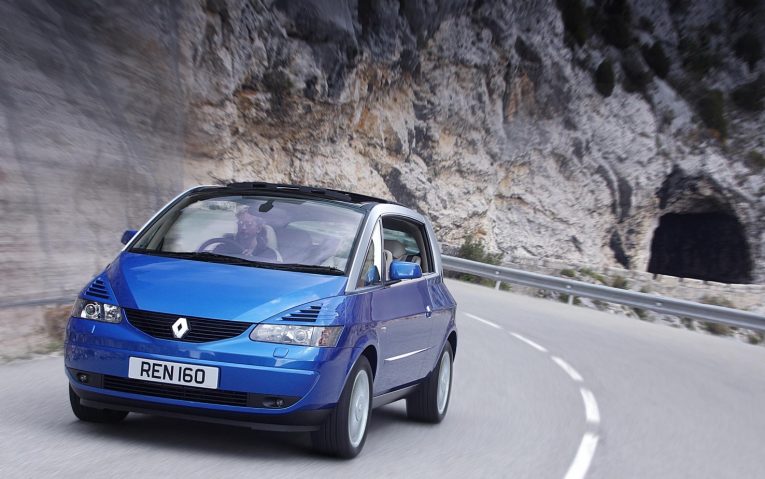
In 2001, we were still getting over the global non-event that was the Millennium Bug. Shaggy was telling anyone who’d listen that it wasn’t him. Vin Diesel was living his life a quarter of a mile at a time in The Fast and the Furious. It was a simpler, pre-smartphone, less cutting-edge time.
When Renault unleashed the Avantime unto the world, we all fell over and then stared at it, aghast. It was a bold, brave and frankly mad machine. It drove straight into the vehicular uncanny valley with its Espace-esque looks, but then it made us hide behind the sofa with its two-door design. What was it? Was it a sporty Espace? Was it a tall coupe? Nobody knew, and because of that, the Avantime was wonderful. It didn’t conform to formulas. It wasn’t built to satisfy a wanting demographic. It was built because, frankly, Renault wanted to build it. It was as simple as that.
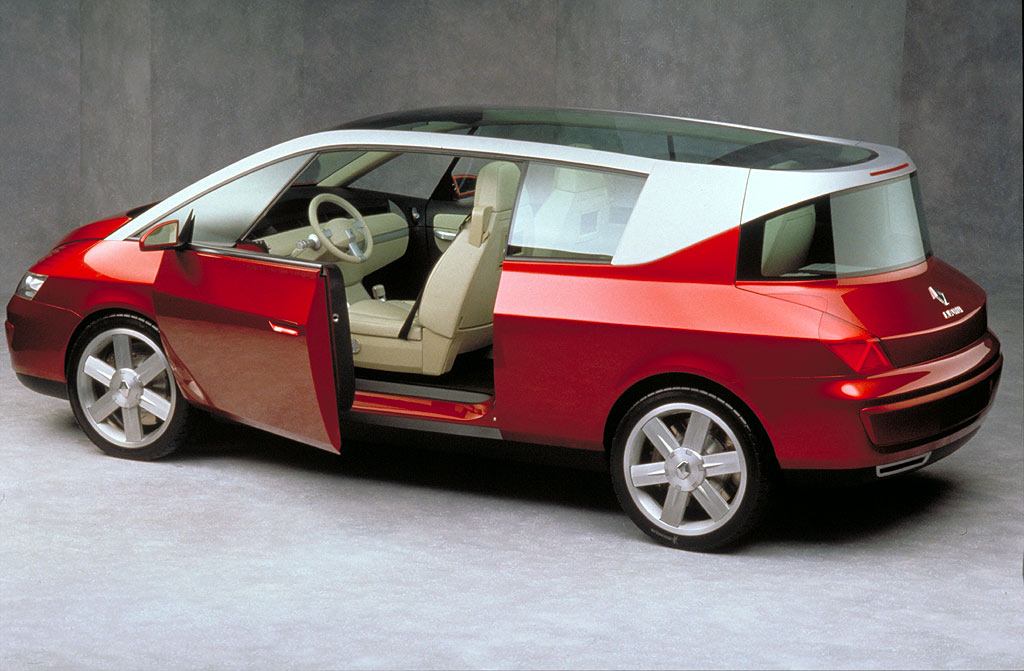
The red car above is the concept we were shown at the Lourve in 1999. And because it was a concept, we accepted it. Concepts are meant to be wild, off the chain ideas brought to life. Then, they do some shows before going into a warehouse somewhere to collect dust for the rest of time. That is the job of a concept. Or at least, it should be. Renault and Matra, who developed the concept, didn’t get the memo. Instead, they took the ‘Coupespace’ concept and built it.
It was the brainchild of Matra’s Philippe Guédon, who somewhat boldly stated that he “believed that the children of Espace owners remained loyal to the car even after they had grown up and left home. As a result, the renowned estate was gaining a generation of new drivers.” Which is a brave assumption to make. My mother had a Nissan Sunny – I did not stay loyal to it when I left home. I bought a Capri. But still, Guédon remained confident that young men and women would warm to the charms of what would become the Avantime.
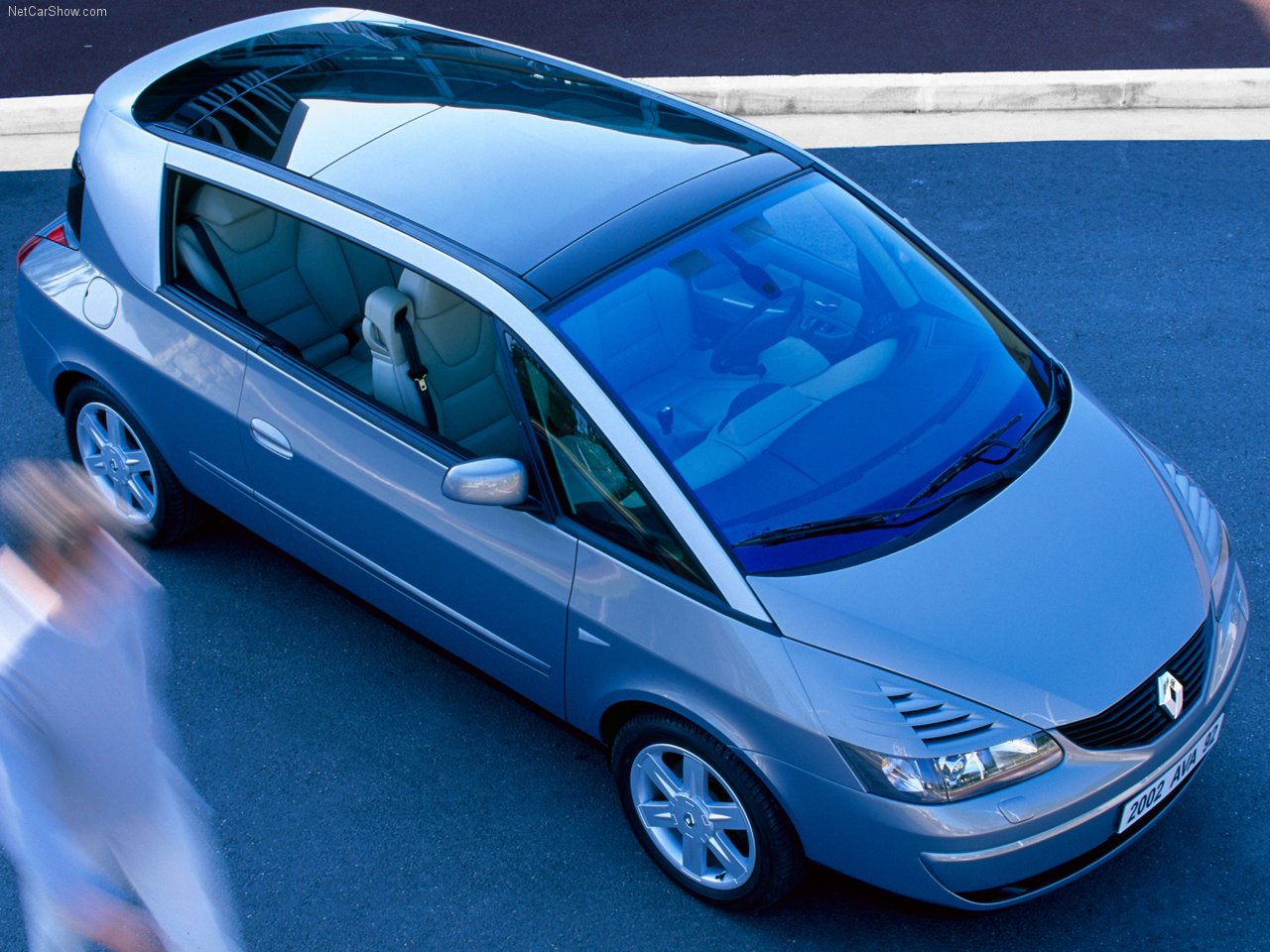
And why wouldn’t he? The Renault Espace was a game-changer. It revolutionised the way families got from point A to point B. It was safe, it was practical, it was frugal, it was the perfect car in many respects. So a bolder, more exciting version had to be a winner, right? Well, no, as it happens.
Patrick Le Quément was charged with the design of this revolutionary new machine. A man with fine form, he was responsible for cars like the Ford Sierra and the cheeky Renault Twingo amongst others. And he had the perfect approach for the Avantime, with his ethos of design being equal to quality. Renault was happy to write the cheques, while Matra was confident Le Quément would give them a wonderful car to build. And he did. The Avantime was nothing short of magnificent. Bold? Brave? Yes, but still brilliant.
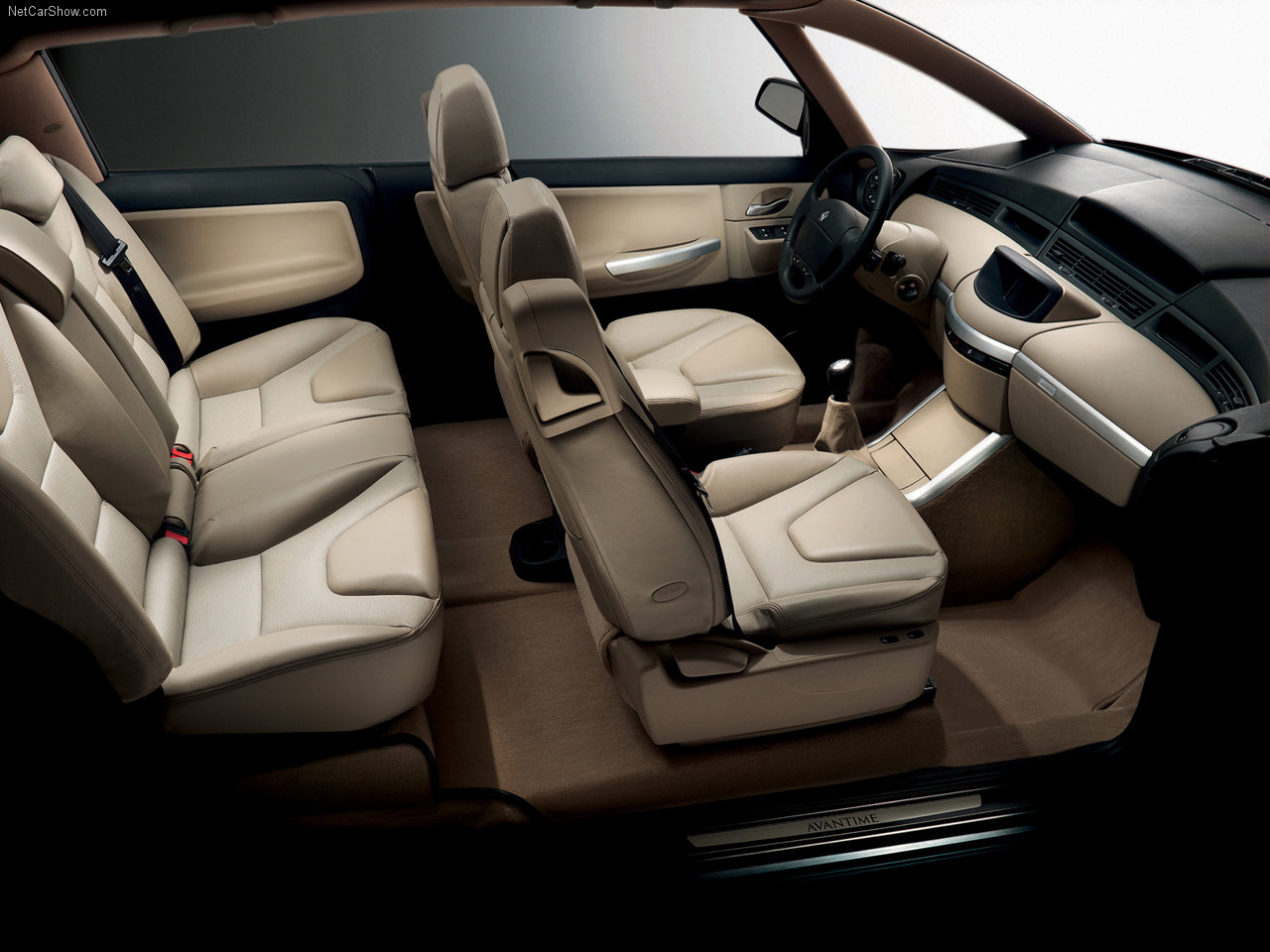
The production car was achingly faithful to the lines of the concept, which is always impressive, as so much design can be lost in the transition. Not here though. The pillarless design, the huge doors, the brilliant absurdity of it only having four seats despite being as big as the seven-seat Espace. It was wonderfully loony. With the windows down, the Avantime was as enthralling to be in as it was to look at. The sensation of being in a vehicle of such stature but with so much open space made for a unique assault on the senses. Yet despite this abundance of space, the Avantime was still strong. Renault and Matra engineered so much strength into the roof and the chassis that it remained rigid in a collision.
Then there were the doors. Man alive, the doors. You’d think that because the doors are each eight miles long, you’d need a runway to open them fully. Not so. The hinges of the Avantime were a completely new system, named ‘double kinematic’. In real world terms, it means the doors had a double parallel opening system, which moved the door out before swinging, meaning it made space for the occupants to get in and out.
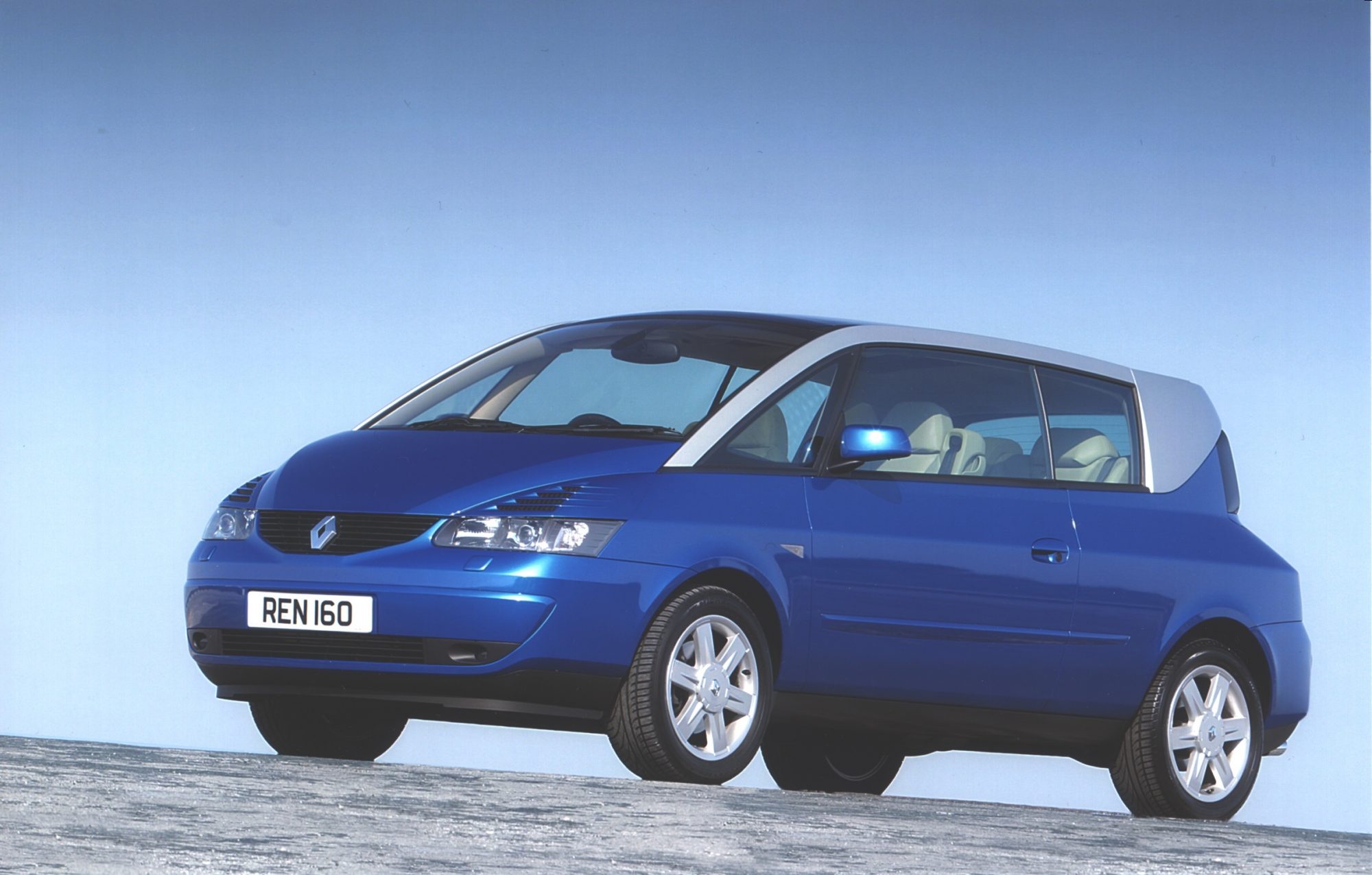
Engine wise, we got a choice of three. There was a 2.0 inline-four petrol, a 3.0 V6 and a 2.2 diesel for the minicab drivers. None of them were particularly sparking engines, especially when saddled with the 1,600kg of the Avantime. But still, they moved it along moderately faster than a glacier. And the V6 made a good noise, though it did also drink all the fuel. Basically, if you get giddy for MPG figures, this car isn’t for you.
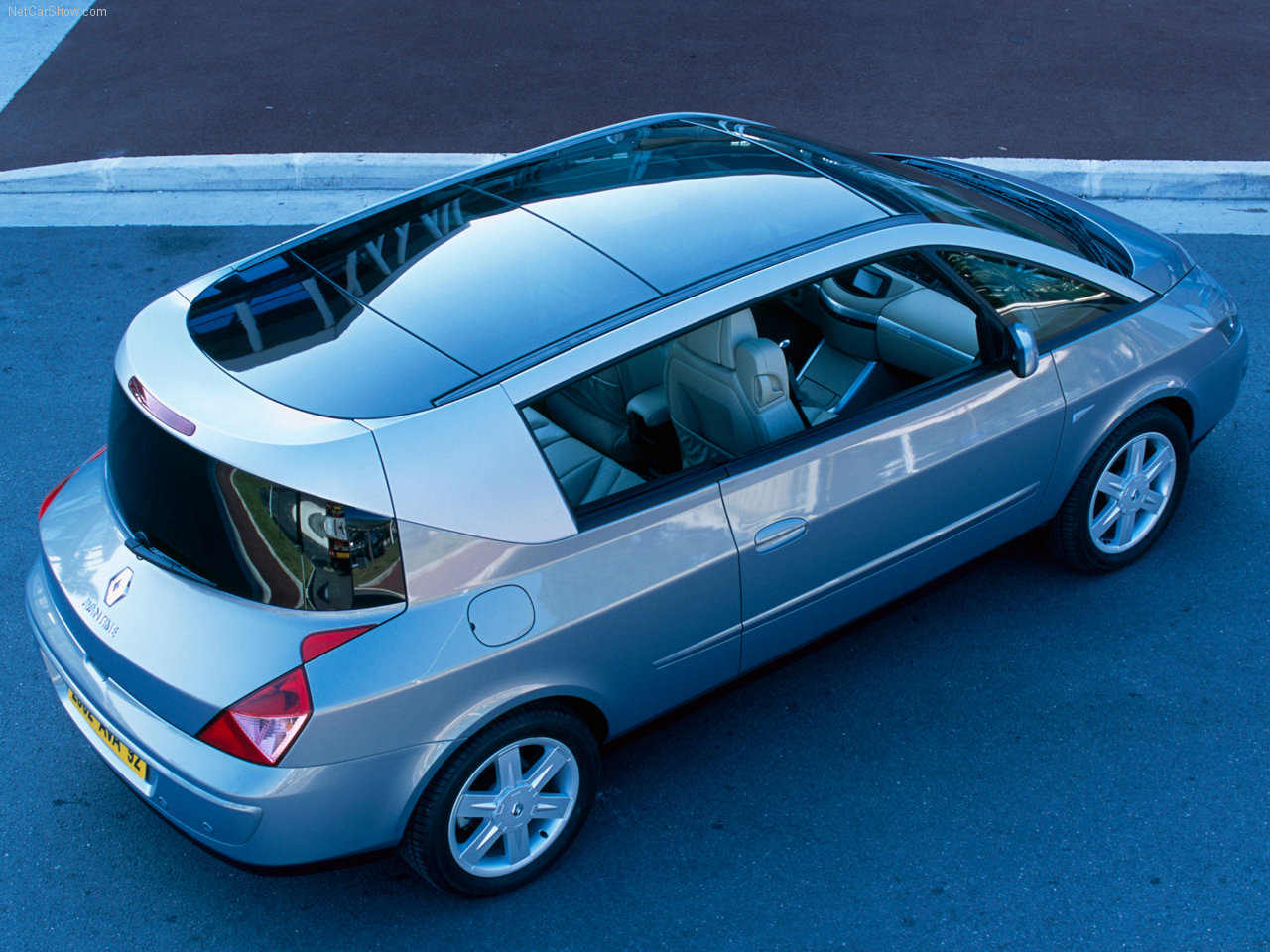
It should have worked. It should have been a success. It deserved to be a success. It was bold and brave and exciting and built for the love of building something different. But, in the real world, it didn’t work. Buyers didn’t know what to make of it. Fundamentally, they couldn’t identify with it, as it was just a big and less practical espace. The very people Philippe Guédon had hoped to attract were in fact put off by the Avantime, and in the ultimate irony they just went and bought an Espace.
Then there were the other factors. The transmission options were awful, both manual and automatic. The engine range was small and poorly suited to the Avantime’s heft. And then there was the Vel Satis. This large, slightly off the wall executive car was popular. It took the confused faces of people looking at the Avantime and turned them into smiling faces of new Vel Satis owners. The kicker? The Vel Satis was a Renault. It killed its own product with its own product.
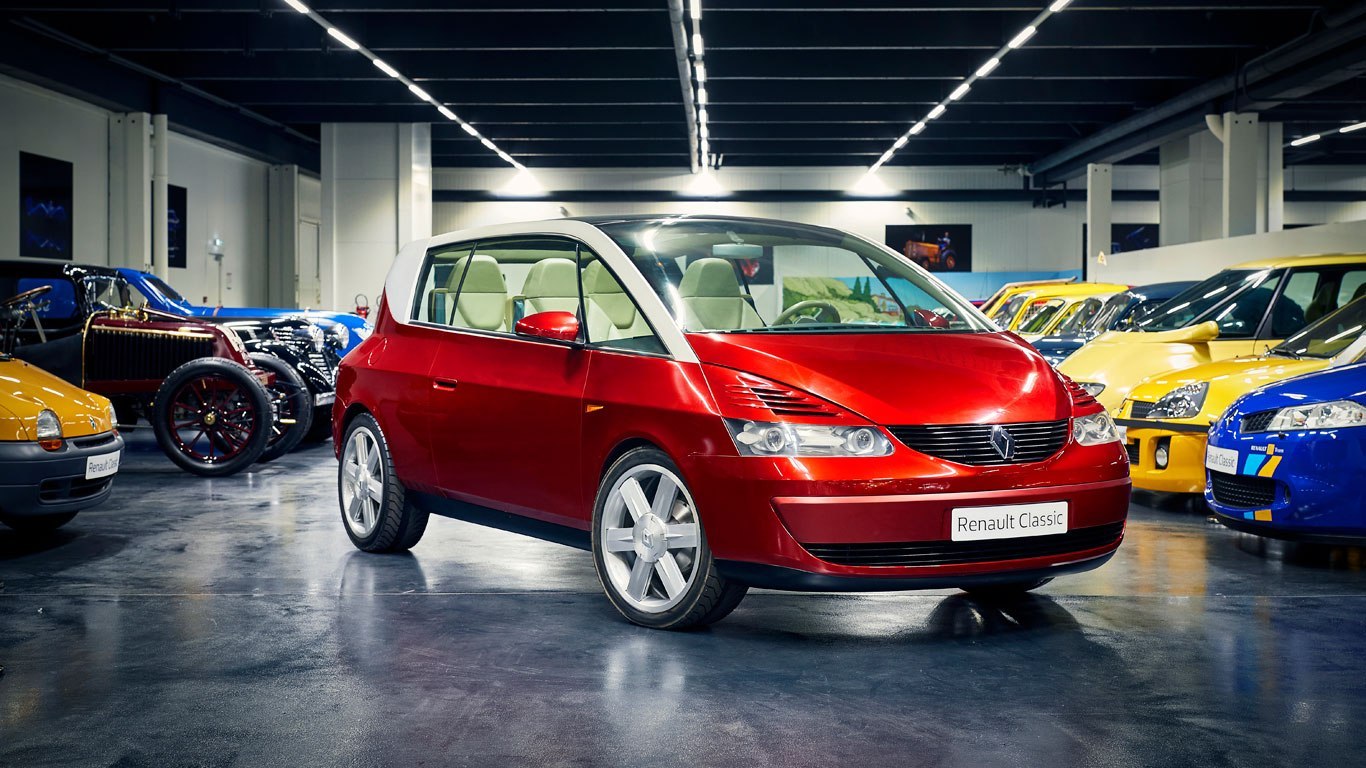
The losses were huge. The Avantime’s failure to capture buyers forced Matra to pull out of the car-building game completely, and rather than flog a dead horse, Renault killed it off in 2003, less than two years after the Avantime was launched. Just 8,557 were built.
Now it exists as a modern curio and a reminder of what happens when a big manufacturer throws caution to the wind. The Avantime was built by people with vision, with bravery and most importantly of all, with passion. And for that alone, the Avantime is worth celebrating.


